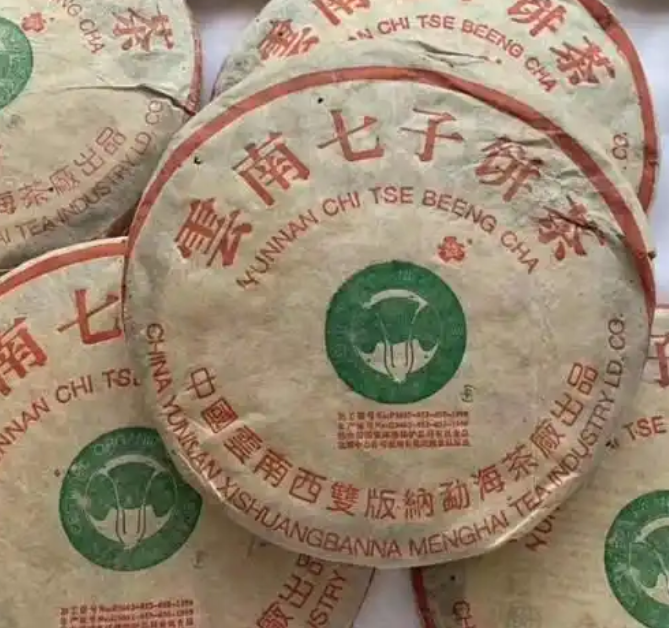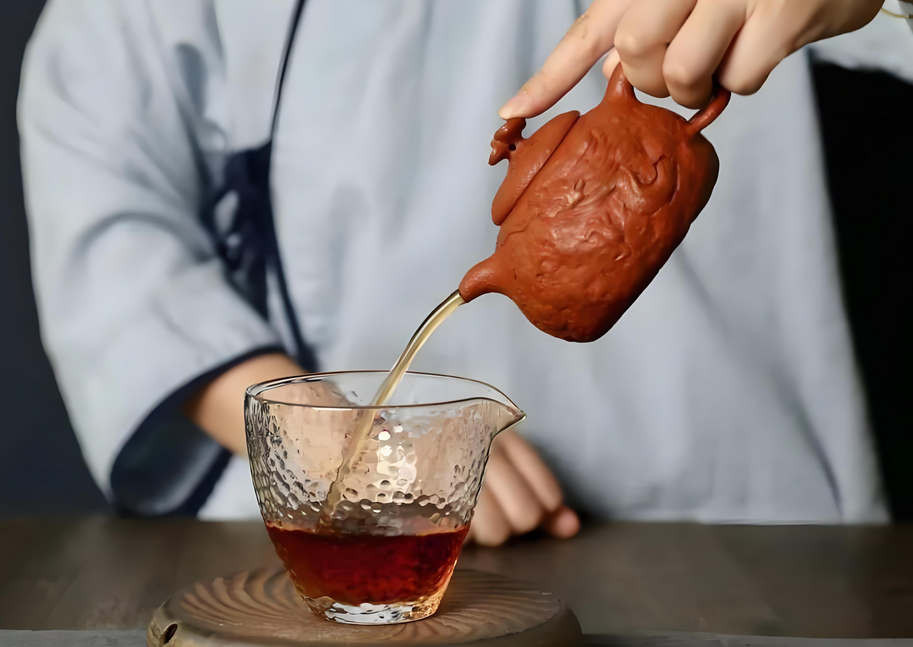Yunnan Pu’er Tea, the Big Brother of Chinese Tea
The Legacy of Yunnan Pu-erh Tea
In the misty highlands of Yunnan, China, lies a treasure that has captivated tea lovers for centuries: Yunnan Pu-erh Tea. Renowned for its earthy depth, health benefits, and aging potential, this fermented tea is more than a beverage—it’s a cultural artifact. Despite common misconceptions (like the mislabeling “Pu-erh Black Tea”), true Chinese Pu-erh Tea stands apart as a unique category of Dark Tea. Whether you’re drawn by its auction-record prices, gut-friendly probiotics, or the allure of sipping history, this guide unveils everything you need to know about China Yunnan Pu-erh Tea, from brewing tips to investment secrets.
1. Types of Yunnan Pu-erh Tea: Raw vs. Ripe & Beyond
Raw Pu-erh (Sheng Cha): Nature’s Time Capsule
- Process: Sun-dried and naturally aged, raw Pu-erh undergoes slow microbial fermentation over decades. Think of it as tea’s answer to fine wine.
- Flavor Profile: Young raw Pu-erh (1–5 years) offers grassy sharpness and floral notes, while aged versions (10+ years) develop honeyed sweetness and medicinal depth. A 2003 Da Yi 7542 cake, for example, might evoke dried apricot and forest floor.
- Health Benefits: Rich in antioxidants, it’s linked to mental clarity and detoxification.
Ripe Pu-erh (Shou Cha): Speed-Aged Mastery
- Innovation: Invented in 1973, the “wet-piling” technique accelerates fermentation using heat and humidity. This mimics decades of aging in just months.
- Flavor Profile: Expect velvety textures with flavors of dark chocolate, jujube, or even leather. Classic blends like Menghai 7572 are staples for their mellow, nutty richness.
- Health Benefits: Known to lower cholesterol and aid digestion due to probiotics formed during fermentation
Pressed Tea Culture: China Pu-erh Tea Cake
- Symbolism: Traditional pressed forms like Seven Sons Cake (七子饼) symbolize unity and were designed for easy transport along the Tea Horse Road. These cakes often appreciate in value—some vintage pieces have sold for over $1 million at auction.
2. Brewing Yunnan Pu erh Tea: From Gongfu Rituals to Cold Brew Hacks
Raw Pu-erh Brewing Guide
- Water Temperature: 90–95°C to preserve delicate aromas.
- Steps:
- Rinse leaves quickly (10 seconds) to “awaken” the tea.
- Steep for 5–20 seconds, increasing time with each infusion. A high-quality cake can yield 15+ brews.
- Teaware: Porcelain gaiwan enhances floral notes; Yixing clay pots deepen complexity over time.
Ripe Pu-erh Simplified
- Western Method: Use 5g of leaves per 150ml boiling water. Steep 3–5 minutes for a robust brew. Add milk for a Tibetan-inspired latte.
- Cold Brew: Steep 5g in 500ml cold water overnight for a smooth, sweet iced tea—perfect for summer.
Pro Tips for Beginners
- Avoid oversteeping raw Pu-erh to prevent bitterness.
- For ripe Pu-erh, preheat your teapot to maximize flavor extraction.
3. The Multifaceted Value of Yunnan Pu erh Tea
Health & Wellness
- Gut Health: Fermentation produces Lactobacillus and Aspergillus strains, aiding digestion.
- Heart Health: Studies show Pu-erh’s theabrownins reduce LDL cholesterol by up to 22% with regular consumption.
- Weight Management: Polyphenols inhibit fat absorption, making it a staple in Ayurvedic diets for balancing Kapha dosha.
Investment Potential
- Auction Stars: A 100-year-old Pu-erh cake from writer Lu Xun’s collection sold for ¥1.2 million per gram in 2002. In 2025, rare Bingdao Ancient Tree cakes fetched $5,000+ per 357g.
- Market Trends: High-demand regions like Lao Ban Zhang and Yi Wu see annual price increases of 15–20%, rivaling fine wine and art.

Cultural Heritage
- Tea Horse Road: For centuries, Pu-erh bricks were traded for Tibetan horses, bridging Han Chinese and Himalayan cultures.
- Imperial Legacy: Qing Dynasty Emperor Qianlong famously drank Pu-erh daily, claiming it “clears the mind and fortifies the spirit
4. Storing Yunnan Pu-erh Tea: Preserving Its Soul
Ideal Conditions
- Temperature: 20–25°C (68–77°F) to avoid accelerating oxidation.
- Humidity: 50–70%. Use a hygrometer and bamboo charcoal packs to maintain balance.
- Light & Odors: Store in dark, odor-free spaces—never near kitchens or perfumes.
Raw vs. Ripe Storage
- Raw Pu-erh: Store in breathable bamboo baskets or unglazed clay jars to allow slow oxidation.
- Ripe Pu-erh: Keep in sealed kraft paper bags to prevent over-drying.
5. Debunking Myths: “Pu-erh Black Tea” & Other Misconceptions
Why Pu-erh Isn’t Black Tea
- Fermentation vs. Oxidation:
- Pu-erh: Post-fermented by microbes (e.g., Aspergillus), creating dark, earthy tones.
- Black Tea: Fully oxidized by enzymes, yielding malty, red-infused brews like Darjeeling.
- Classification: ISO 20715 categorizes Pu-erh under Dark Tea, separate from black tea.
Buying Authentic Yunnan Pu-erh
- Labels to Trust: Look for “Yunnan Dark Tea” or protected designations like Xishuangbanna.
- Red Flags: Avoid products labeled “Pu-erh Black Tea”—a mistranslation that often masks low-grade blends

Conclusion: Sip the Essence of Time
From the ancient Tea Horse Road to modern wellness rituals, Yunnan Pu-erh Tea bridges tradition and innovation. Whether you’re savoring a century-old China Pu-erh Tea Cake or experimenting with cold brew, each cup tells a story of microbial alchemy and human ingenuity. As the world rediscovers fermented superfoods, Pu-erh stands poised as both a health elixir and a tangible piece of history.
Ready to Explore? Start with a ripe Pu-erh for approachable richness or invest in a raw cake to witness time’s magic. Remember: Authentic Chinese Pu-erh Tea isn’t just a drink—it’s an heirloom in the making.
If you want to know more about Yunnan Pu’er tea, you can read the following articles:What is Pu’er Tea?



